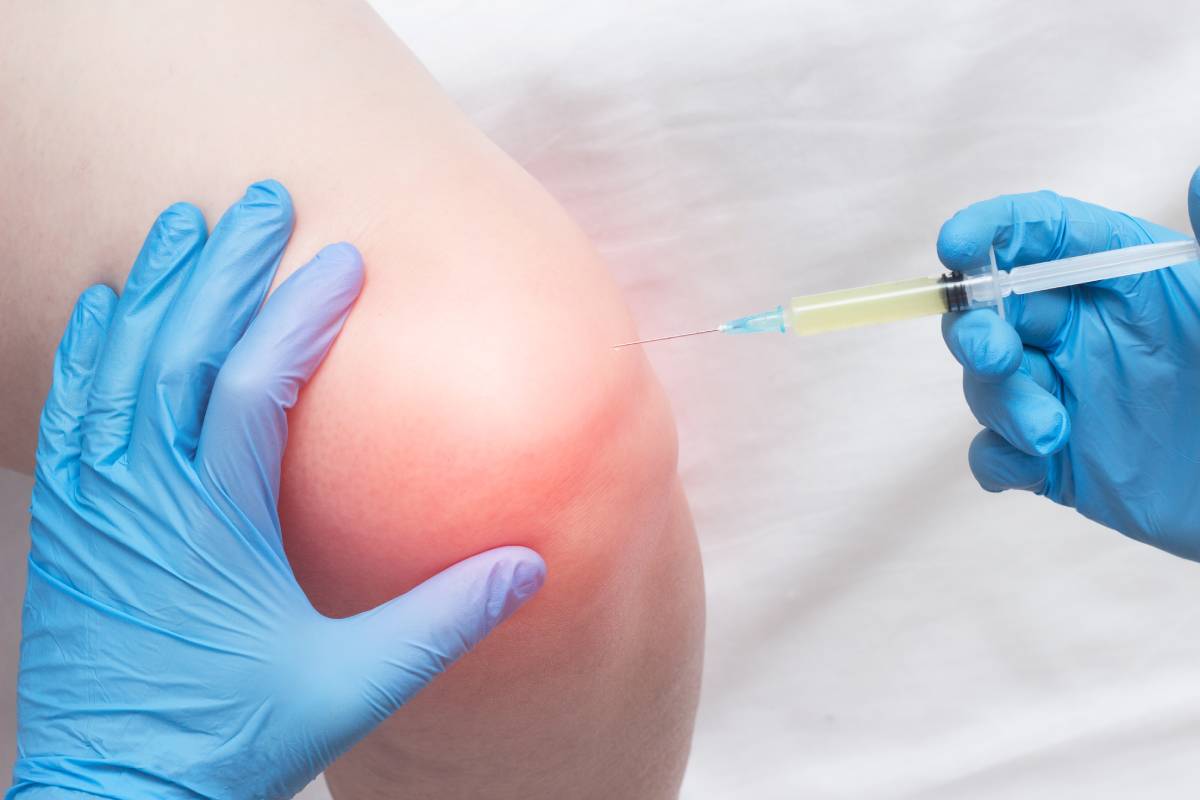The use of intra-articular antibiotics is an area of increasing interest for both orthopedic surgeons and anesthesiologists, as prosthetic joint infection continues to be a rare, yet devastating, complication of joint surgery. Currently, prosthetic joint infection rates range from 1% to 2% in primary joint surgeries, and these rates are higher in revision surgeries. By 2030, it is estimated that hospital costs related to joint infection of the shoulder, hip, and knee will reach $1.85 billion (1). The ramifications of the increasing prevalence of prosthetic joint infections, both for individual patients and health systems, is significant.
Studies have shown 5-year mortality approaching 21% for patients with prosthetic joint infections, with cost of treatment being several times greater than that of uncomplicated primary surgery. Staphylococcus aureus, Staphylococcus epidermidis, Propionibacterium acnes, and Corynebacterium species are the most commonly isolated organisms found in prosthetic joint infections. Obesity, systemic administration of steroids, chemotherapy, diabetes mellitus, postoperative hematoma formation, and revision surgery all specifically influence the potential for infection after joint surgery (2). In the perioperative period, intra-articular antibiotics are often used to lower the risk of joint infection. Infusion of intra-articular antibiotics for joint surgery was first described by Perry and Pearson in 1991 and popularized by Whiteside and Roy in 2017. This approach to antibiotic delivery avoids systemic toxicity and overcomes problems with reduced perfusion and insufficient local immune response around the infected joint (3).
In a 2014 study published in the Journal of Shoulder and Elbow Surgery, Lovallo and his colleagues investigated whether the administration of intra-articular antibiotics during shoulder replacement surgery is effective to prevent deep postoperative infections. Gentamicin was the antibiotic of choice, based on similar, prior studies. They analyzed the data of over 500 shoulder replacement surgeries that took place at their primary institution between 2005 and 2011 (2). These cases were reviewed for the presence of deep postoperative infection that manifested within 180 days of surgery. Infection was defined as increasing pain, elevated erythrocyte sedimentation rate and C-reactive protein level, white blood cell count > 10 per high-power field, and clinical appearance of infection at the time of surgery. Subsequently, cases were divided into the following groups: group A consisted of 164 patients who underwent surgery before June 2007 and did not receive intra-articular injection of gentamicin; group B consisted of 343 patients for whom intra-articular gentamicin was administered after June 2007. The postoperative rehabilitation protocol was the same for all patients, and all were observed clinically and radiographically for 1 year. All deep periprosthetic infections were identified according to the aforementioned symptoms (2).
In group A, it was found that deep infection developed in 5 of 164 patients (3.0%) compared with 1 of 343 cases (0.29%) in group B, a statistically significant difference (P < .01) (2). Based on the aforementioned results, it can be seen that intra-articular antibiotics during joint surgery can significantly decrease the risk of postoperative infection. It should be noted that the demographic and surgical characteristics were comparable between the two groups. This was an intentional decision on the part of the authors to minimize any potential confounding factors that would lower the validity of the study’s results. Regardless, future prospective, randomized trials involving multiple surgeons and sites are needed to further validate the efficacy of this technique (2).
References
1. Burns AWR, Chao T, Tsai N, Lynch JT, Smith PN. The use of intra-articular vancomycin is safe in primary hip and knee arthroplasty. J Orthop. 2023;46:161-163. Published 2023 Nov 4. doi:10.1016/j.jor.2023.10.017
2. Lovallo J, Helming J, Jafari SM, et al. Intraoperative intra-articular injection of gentamicin: will it decrease the risk of infection in total shoulder arthroplasty?. J Shoulder Elbow Surg. 2014;23(9):1272-1276. doi:10.1016/j.jse.2013.12.016
3. Ji B, Li G, Zhang X, et al. Effective single-stage revision using intra-articular antibiotic infusion after multiple failed surgery for periprosthetic joint infection : a mean seven years’ follow-up. Bone Joint J. 2022;104-B(7):867-874. doi:10.1302/0301-620X.104B7.BJJ-2021-1704.R1


